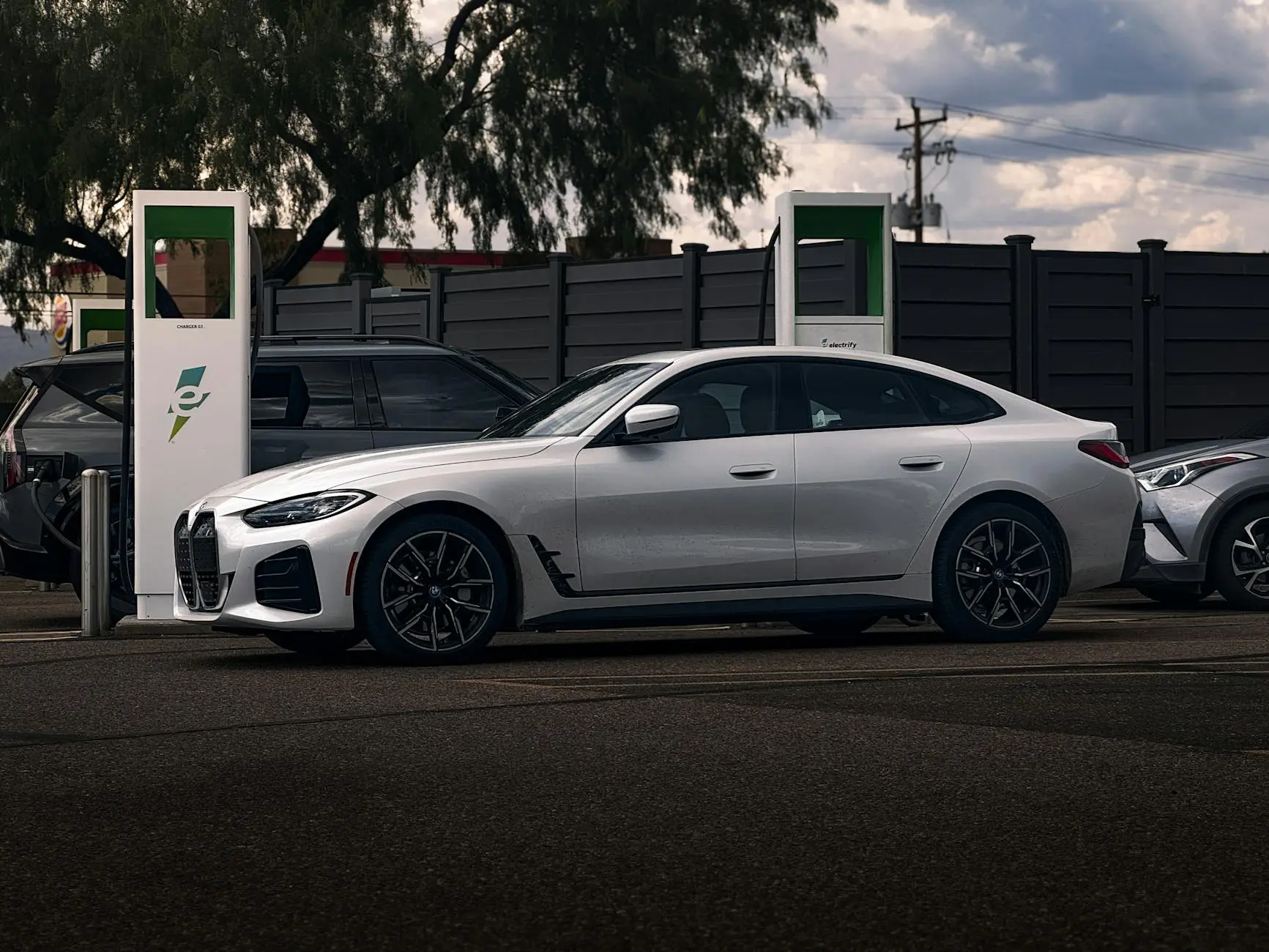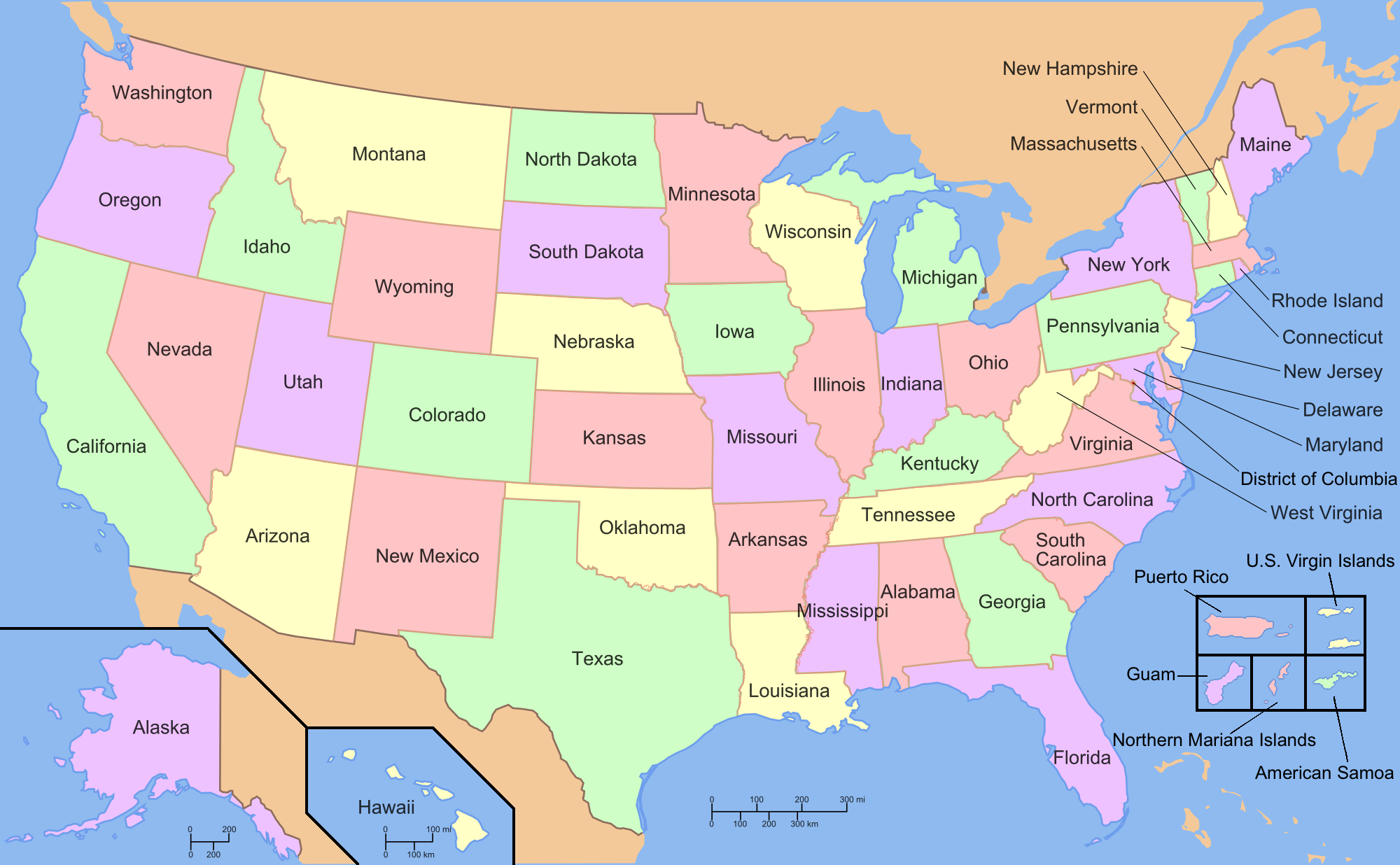Complete List of All Factors That Affect Your Car Insurance Premiums
When it comes to car insurance, understanding what influences your premiums is crucial for both managing your budget and ensuring you get the best coverage at the most reasonable cost. Car insurance premiums can vary widely based on numerous factors, from personal details to vehicle specifics and even regional elements. This comprehensive guide will delve into the key factors that affect your car insurance premiums, helping you navigate the complexities of insurance pricing and make informed decisions.
1. Driving History and Record
Your driving history is one of the most significant factors affecting your car insurance premiums. Insurance companies evaluate your driving record to assess the level of risk you pose as a driver.
Key Elements to Consider:
- Traffic Violations: Tickets for speeding, running red lights, or other infractions can increase your premiums. Multiple violations can lead to substantial hikes in your rates.
- Accidents: At-fault accidents are particularly impactful. Insurance providers see them as indicators of higher risk and adjust premiums accordingly.
- DUI/DWI Convictions: Driving under the influence or while impaired can lead to significant premium increases, reflecting the higher risk associated with such behaviors.
2. Vehicle Type and Model
The type and model of your vehicle play a crucial role in determining your insurance premiums. Insurance companies consider various factors related to your car to assess risk and potential claims.
Factors to Consider:
- Make and Model: Luxury, high-performance, or sports cars generally cost more to insure due to their higher repair costs and increased likelihood of theft.
- Safety Features: Vehicles equipped with advanced safety features such as anti-lock brakes, airbags, and collision avoidance systems can lower premiums by reducing risk.
- Theft Risk: Cars that are more commonly stolen or have higher theft rates may incur higher insurance costs.
3. Age and Gender
Your age and gender can significantly impact your car insurance premiums. Statistical data shows that certain age groups and genders are associated with varying levels of risk.
Age-Related Considerations:
- Young Drivers: Drivers under 25 often face higher premiums due to their inexperience and statistically higher accident rates.
- Senior Drivers: Older drivers may see changes in premiums depending on their driving history and any age-related changes in driving ability.
Gender Differences:
- Gender Statistics: In some regions, male drivers may experience higher premiums due to statistical data showing a higher incidence of risky driving behaviors. However, this can vary by insurance provider and location.
4. Credit Score
Your credit score is another critical factor in determining your car insurance premiums. Insurers often use credit scores as a predictor of risk.
Impact of Credit Score:
- Higher Scores: Drivers with higher credit scores generally receive lower premiums because they are statistically seen as more responsible.
- Lower Scores: Those with lower credit scores may face higher premiums, as they are considered higher risk. Improving your credit score can help reduce insurance costs over time.
5. Location and Driving Environment
Where you live and where you drive can influence your car insurance premiums. Insurance companies assess the risk based on regional factors and driving conditions.
Location-Based Factors:
- Urban vs. Rural: Drivers in urban areas may face higher premiums due to increased traffic, higher rates of accidents, and a greater risk of theft compared to those in rural areas.
- Crime Rates: Areas with higher crime rates or higher incidences of vehicle theft can lead to increased insurance premiums.
Driving Environment:
- Road Conditions: Areas prone to hazardous road conditions or severe weather may impact insurance costs due to the increased risk of accidents.
6. Coverage Type and Deductibles
The type of coverage you select and your chosen deductibles directly affect your car insurance premiums.
Coverage Types:
- Liability Coverage: Basic liability coverage generally results in lower premiums compared to comprehensive or collision coverage.
- Comprehensive and Collision Coverage: Adding these coverages increases your premium but provides broader protection for your vehicle.
Deductibles:
- Higher Deductibles: Opting for a higher deductible can lower your premium, but it also means you’ll pay more out-of-pocket in the event of a claim.
- Lower Deductibles: Choosing a lower deductible increases your premium but reduces the amount you need to pay when filing a claim.
7. Annual Mileage and Driving Habits
How much and how you drive can also influence your car insurance premiums. Insurance companies assess the risk based on your driving patterns.
Mileage Considerations:
- High Mileage: Driving more miles annually increases your risk of accidents, leading to higher premiums.
- Low Mileage: Lower annual mileage can result in lower premiums due to reduced exposure to risk.
Driving Habits:
- Commuting vs. Leisure: Regular commuting can affect premiums differently compared to occasional leisure driving. Insurance companies may offer discounts for low-mileage or pleasure-only use.
8. Insurance History
Your history with insurance coverage can impact your current premiums. Insurers look at your past insurance behavior to gauge risk.
Insurance History Elements:
- Claims History: Frequent claims can lead to higher premiums as they indicate a higher risk.
- Continuous Coverage: Maintaining continuous insurance coverage can help in receiving better rates. Gaps in coverage might result in higher premiums.
9. Discounts and Incentives
Many insurers offer various discounts and incentives that can help reduce your car insurance premiums.
Common Discounts:
- Multi-Policy Discounts: Bundling car insurance with other policies, such as home or renters insurance, can result in savings.
- Safe Driver Discounts: Maintaining a clean driving record or completing defensive driving courses can qualify you for discounts.
Conclusion
Understanding the myriad factors that affect your car insurance premiums is essential for managing your insurance costs and ensuring you have the right coverage. From driving history and vehicle type to location and credit score, each element plays a role in determining how much you pay for insurance. By being aware of these factors and actively managing them, you can potentially reduce your premiums and make informed decisions about your car insurance policy.










